American Dyatlov Pass: 5 deaths in the mountains of California, remaining a mystery
Categories: History | North America
By Pictolic https://pictolic.com/article/american-dyatlov-pass-5-deaths-in-the-mountains-of-california-remaining-a-mystery.htmlIn 1978, five guys disappeared in Chico, California, USA. They were returning home from a basketball game and seemed to disappear into thin air along with the car. The police found the car, and six months later four bodies, but they could not explain the death of the guys. This case remains no less a mystery than the story of the death of Dyatlov's group and it still excites the minds of professional detectives and enthusiasts.
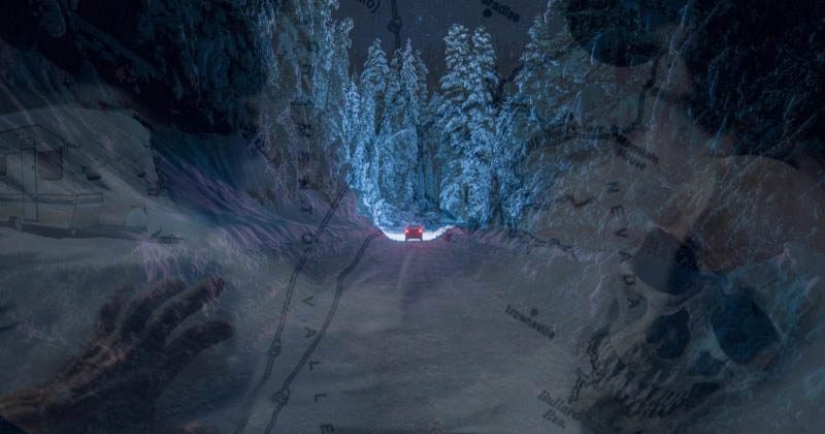
On February 24, 1978, after the conclusion of a match between student teams at the University of California in Chico, five young and healthy guys aged 24 to 32 years got into a Mercury Montego car and drove to the city of Yuba.
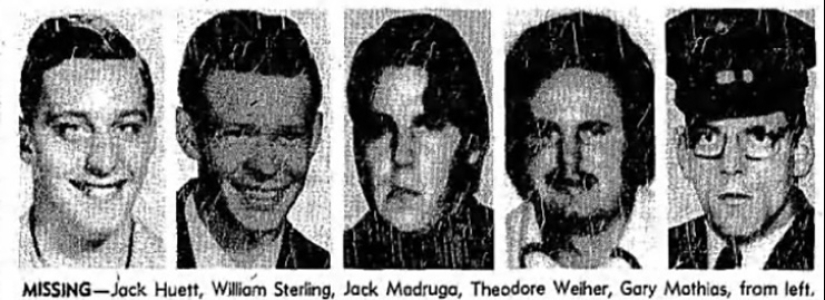
The company had to cover 72 kilometers on a relatively empty highway, which usually takes about an hour. The next day, the guys had to return to Chico to take part in another basketball game. But this was not to be, as Ted Weicher, Jack Hutt, Jack Madrugi, William Sterling and Gary Mathias disappeared without a trace.
The last time the athletes were seen at a gas station, where they stopped to buy gasoline and have a snack at the same time. The car was found 110 km from the city of Chico on a deserted mountain road, stuck in the snow. At the same time, the cops immediately noted that nothing catastrophic had happened and five strong guys would have pushed the car out of the snowdrift without any problems.
The Mercury's engine was also in perfect order and the policeman, sitting behind the wheel, was able to start it on the first attempt. There were no keys in the lock, and the tank was half full. The interior of the car was a terrible mess — all the seats and the floor were covered with leftovers and wrappers from chocolate bars.
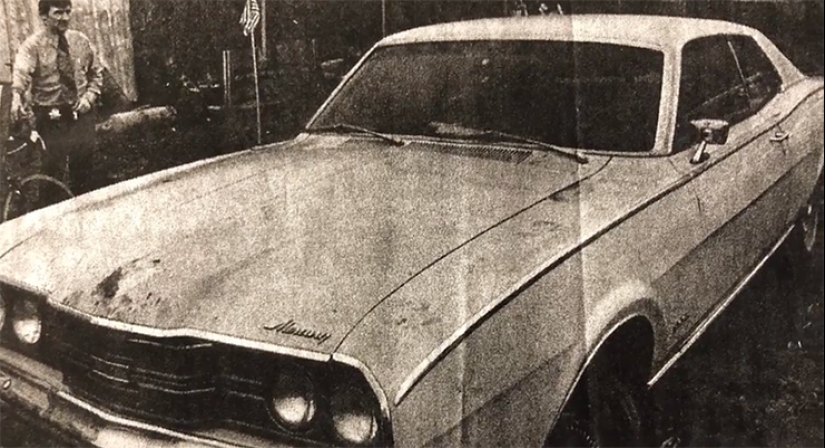
The cops noted that whoever was driving the car knew the track well or was very lucky. The car stopped just a few centimeters from a deep ditch, which was not visible due to snow drifts. Everyone who knew the guys unanimously claimed that Jack Madruga was always driving, who did not trust his equipment to anyone.
A survey of relatives and friends of the missing showed that apart from Ted Weicher and Gary Mathias, none of the guys had any experience of survival in the wild. Ted could not be considered a seasoned tracker, since his experience was limited to deer hunting, which he went with his father even in the warm season. Mathias sometimes went hiking and, according to friends, was able to put up a tent and light fires.
A police search party found the car during a powerful snow storm. No matter how hard the team members tried, they could not find any traces of the missing, except for one shoe. The terrible discovery was made a few months after the discovery of the car, on June 4, 1978. A group of motorcyclists traveling through Plumas National Park found a lonely Forest Service trailer in the middle of nowhere, around which a disgusting smell of rot spread.
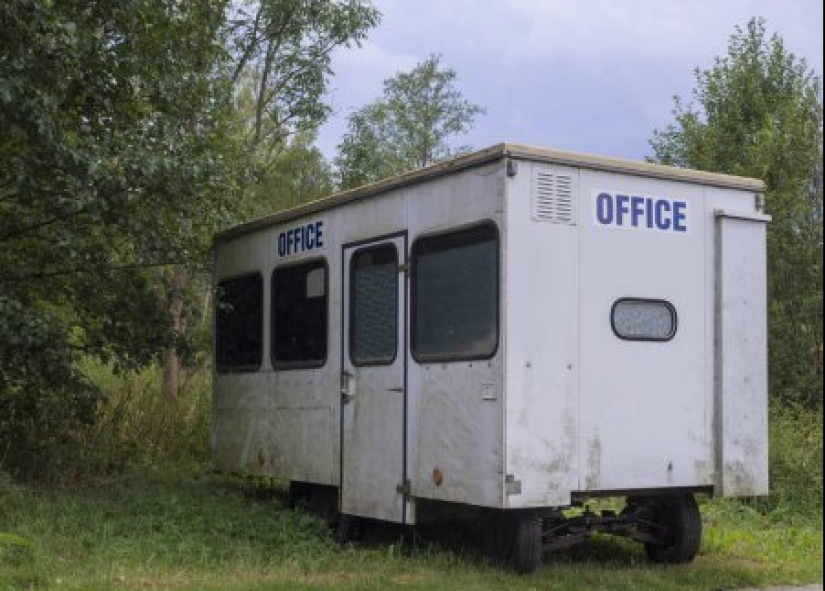
Inside the mobile home was the corpse of Ted Weicher, wrapped in eight sheets. He was in clothes, but without shoes, and on the table near the bed lay his nickel ring with the engraving "Ted", a purse with money, a gold chain and an expensive gold watch that none of the relatives and friends of the deceased had ever seen before.
The deceased's face was framed by a beard, and his feet were frostbitten. Forensic experts found that the 90-kilogram, physically strong guy died for at least 13 weeks. Ted got into the trailer, located 30 km from the car, by breaking a window. For some reason, the guy did not light the stove, although there were matches, books and combustible finishing materials in the trailer.
There were empty cans of stew on the floor, opened with an army knife. This method of opening a jar was not known to Weicher — only Madruga and Mathias, who served in the army, could use it. The cabinets and niches of the trailer were literally crammed with food, which would have been enough for all five of them for a couple of winter quarters.
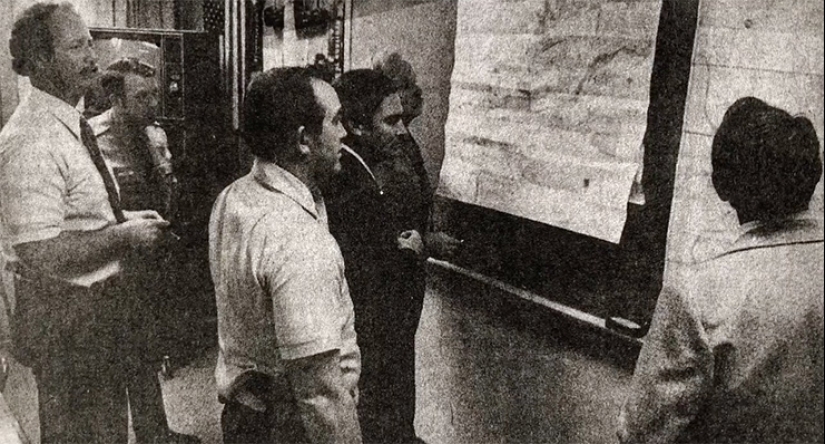
The police were also surprised by the fact that there was a shed nearby, in which there were propane cylinders. The guys in distress could not help but see a building in which there was fuel capable of heating them and providing hot food. Three hundred meters from the trailer, three wool blankets taken from the trailer and a rusty flashlight were found.
Lieutenant Lance Ayers from Yuba County noted that the guys only had to enter the barn, turn on the faucet and light the stove to solve most of their problems. Nevertheless, it was obvious that Ted Weicher had been dying of hunger and cold for a long time and painfully, without trying to help himself.
Ayers had known all five guys since high school and solving this strange case became a matter of honor for him. The search around the trailer continued just a day later, the police stumbled upon the remains of Madruga and Sterling. They were lying across the road from the camp where Ted died, and Madruga was half eaten by wild animals, and only bones remained of his comrade. Madruga was lying on his back and clutching a wristwatch in his hand.
Two days later, a little closer to the trailer, Jack Hewett's father found his son's spine. A day later, a little to the side, they found the skull of a guy and a few more bones. The dentist, after consulting the medical record, confirmed that the skull belongs to Jack.
A survey among local residents allowed investigators to find a witness who got stuck on this road at about the same time as the guys. It turned out to be a 50-year-old Joseph Shons. The man said that he tried to dig his car out of the snow and had a heart attack. He took the medicine and lay down in the car, waiting for the drug to take effect.
While Shons was resting, he heard a whistle and saw a woman walking past him on the road with a child in her arms, and then a group of people lighting their way in the snow with headlamps. Joseph tried to call for help, but no one responded to his screams. Shonsu had to spend several hours in the car, but then he ran out of gas and became very cold.
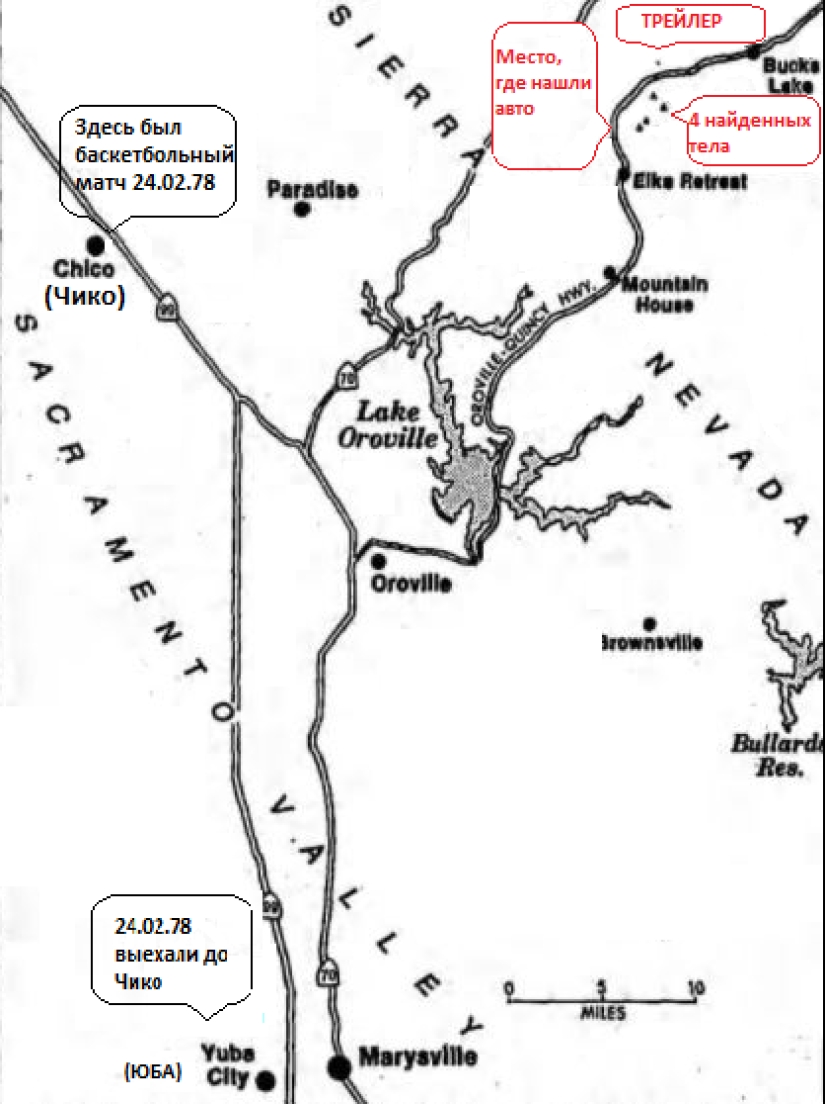
Joseph had to leave the car and go on the road towards the nearest housing, which was located 10 km from his place of overnight stay. On the way, the man saw a Mercury Montego, but there was no one in the car. Shons, despite feeling unwell, got to the house in the mountains and found help there.
The search continued until the following winter, but the body of the last of the company, Gary Mathias, was never found. Even after 42 years of the tragedy, absolutely nothing is known about the fate of this man. Of all the company, Gary was the most problematic person.
His family and friends knew that while serving in the army, which took place in Germany, Mathias became addicted to drugs. In addition, even during the service, the guy began to show signs of schizophrenia. In the two years that have passed since returning home, Gary managed to undergo treatment for drug addiction and was declared healthy.
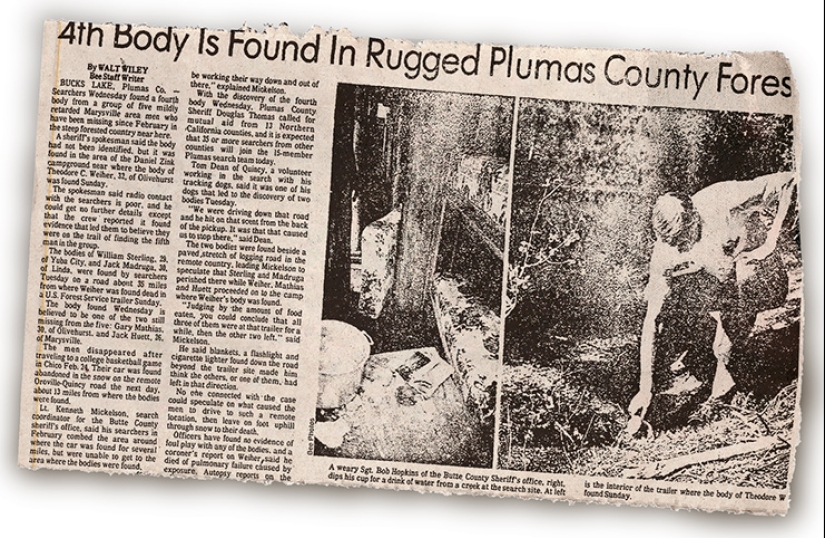
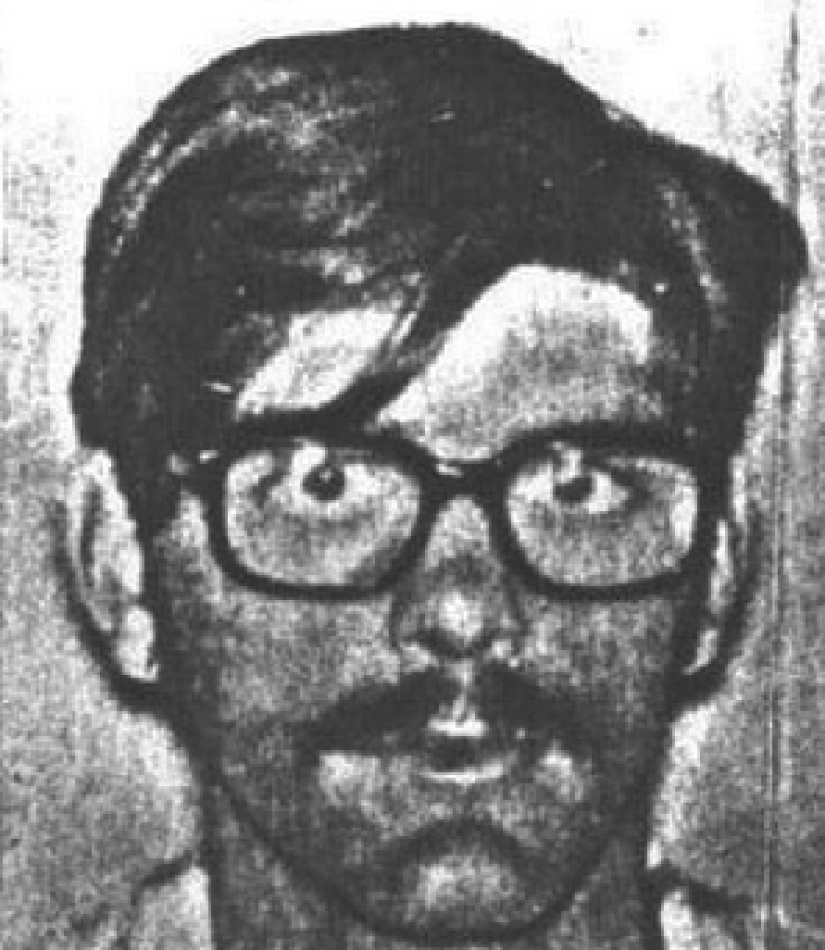
At the same time, Gary's family doctor did not rule out the possibility that the extreme situation negatively affected him, which led to psychosis, panic and loss of orientation in space. In such a state, Mathias could run far away from his comrades or fall off a cliff.
This case has raised a lot of questions for the police and the relatives of the victims, to which there are no answers. Why the guys didn't stick together and decided to split up, how it was possible to die of cold and hunger next to fuel and food, who were the people Shons saw and where Gary Mathias went — these are just some of the riddles, the answers to which would help solve the mystery.
The incident on the mountain road, which occurred in the winter of 1978, remains as much a mystery as the case with Igor Dyatlov's group, which occurred in the Northern Urals in 1959. Many believe that this tragedy is the most mysterious incident of the 70s that happened in the United States.
Recent articles

Paintings by the Dutch artist Jacob Brostrup (Jacob Brostrup) can not leave indifferent even the person far from art. Fantastic ...

The magazine La Vie Parisienne ("Parisian life") appeared in 1863 and became very popular in the first twenty years of the ...

Human skin bindings are often found in books and films of the fantasy and horror genres. Usually they are supplied with grimoires - ...